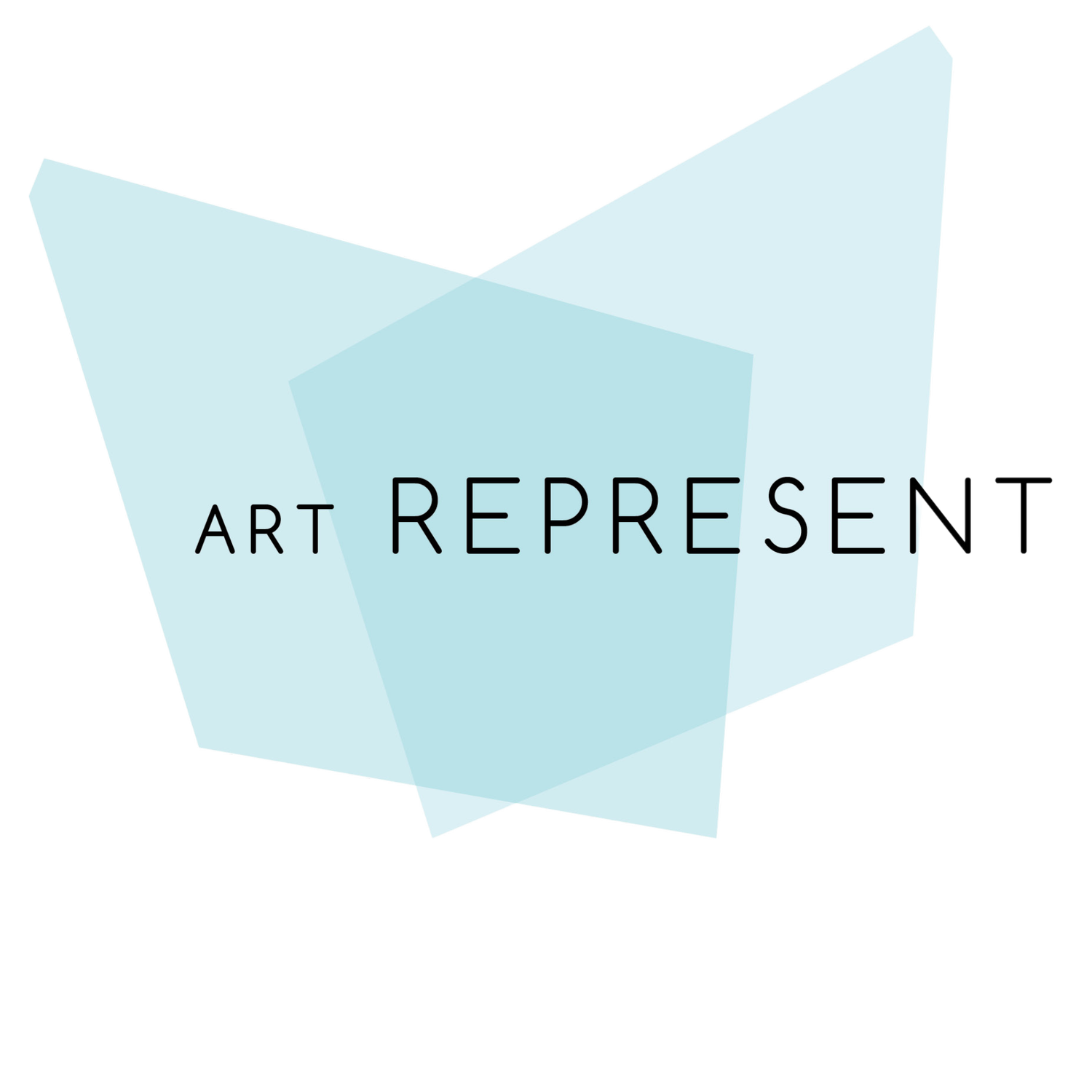OKSANA CHEPELYK
Oksana Chepelyk is an established multimedia artist with a long repertoire of international exhibitions and residencies. Her career began as an architect, studying Architecture at the Art Institute in Kiev (1978-1984). Nevertheless, with the collapse of the USSR and the consequential lack of investment and opportunity, her innovative nature was redirected towards art, the theatre and fashion.
Her transition into multimedia was sparked by the death of the theatre. Chepelyk was inspired to exhibit her theatrical, wearable creations but was not satisfied with just the documentation of these performances. She wanted to go a step futher, and as a result, she began filming. To explore working with the form, Chepelyk has taken part in several international residencies (France, Canada, Spain, UK, Germany) where she gradually outlined the key problems that she resolves with new, unexpected concepts.
Oksana's artistic concerns have developed to encourage various dialogues between audiences. In the 1990s, her work was predominantly focused on gender and its visual representation. This considered the commodification of women, sexuality within politics, mass
consciousness, power and intercultural relations and the influence of history on the treatment of gender binaries. In the early 2000s, after completing a program at the “Bauhaus Kolleg” (Dessau, Germany), Chepelyk began directing her art towards the social and aesthetic structures of urban life. She explores the synthesis of architectural spaces, contemporary aesthetics and new media. One of her methods is to connect theories of urban development with both contemporary and historical economic, ecological and demographic problems. The goal is to come closer to the understanding of spatial and temporal relations, interactions between media flow and the contemporary human being.
The Collider Project considers relations between time, space, science, urbanism, history and technological advancements. The long-term project is visually translated through the iconic urban landscapes and events regarding C20-21 political history. A founding location in the project presides in Dallas, on the site of John F. Kennedy’s assassination. Under scientific, experimental settings, colliders are adapted to research quantum particles and how these collisions generate strange matter and anti-matter. In Chepelyk’s artists setting, colliders are visually adapted to expose the collisions between human beings and their spatio-temporal energetic outcome. The project connects science and history with economic, social and political problems. Chepelyk exposes these to understand the 'civilizational breaks' we experience now, where human beings are immersed within a cosmogonic fluid environment. We are confronted with the consequences of space and time onto the past, present and future. The Collider Project connects a large array of perilous ‘political flashpoints’: Sarajevo, Bosnia and Herzegovina through the site of 1914 Archduke Ferdinand’s assassination in Sarajevo followed by WWI and the burning of the National Library of Bosnia and Herzegovina during the Bosnian War 1992-1995; Dallas, Texas, USA, through the site of the 1963 John F. Kennedy assassination; the site of the LA Riot; the Russian White House, Moscow, the site of a failed coup against Mikhail Gorbachev in the Soviet Union; Independence Square, Kiev, Ukraine, the site of 2004-2005’s Orange Revolution events and Euromaidan 2013-2014.
“According to Spinoza the thinking is equivalent to action, where the bodies allocated with the mental life embodying ideas act. Deleuze interpreting Spinoza said: "the idea imprints in soul and the body enters into an infinite number of interactions”. Installation is an interpretation of such multitude. [...] The tension points, which structure and collect experience, in which we are wrapped and immersed, is a destiny of video work. The “Collider” video, working with the events that have formed the world in which we live now, raises the question: is a person a particle in the system of accelerators of global forces, or the energy of interaction investigating new values, new forms of thought and new ways of existence in the world – insisting that ‘another world is possible’?” - Oksana Chepelyk







OKSANA CHEPELYK
PHOTOGRAPHIC PRINT
30 cm x 127 cm
2014